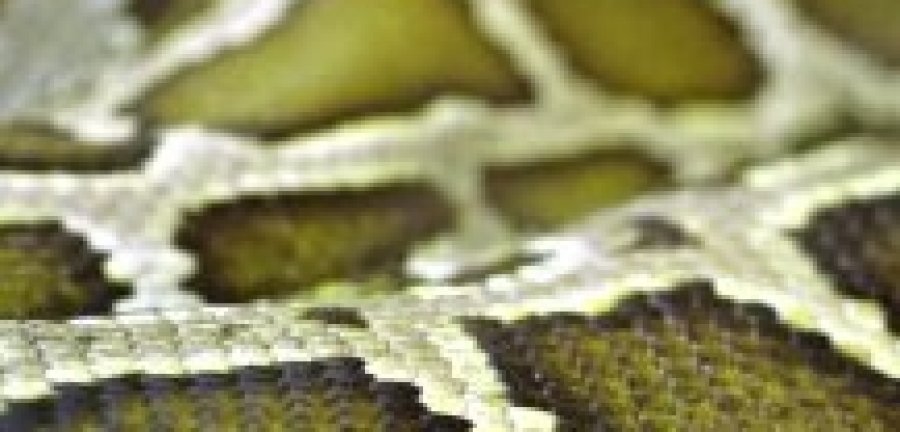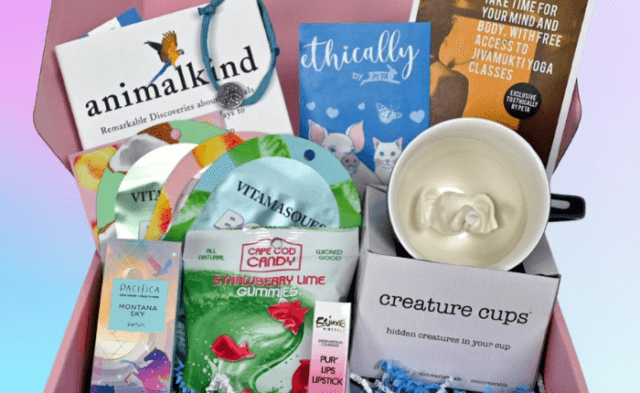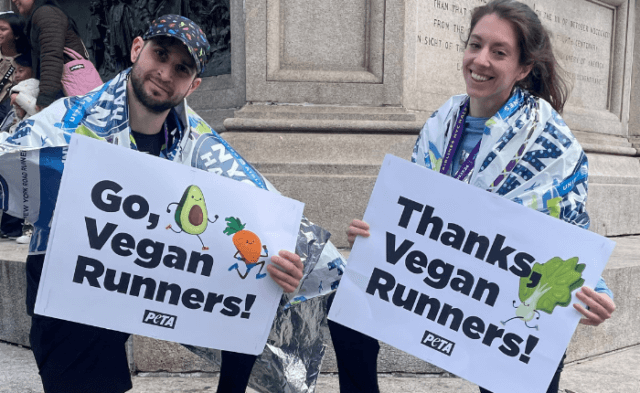This is the time of year when the fashion industry tries to convince us that we need to overhaul our wardrobes. Animal prints give way to plaids give way to moto jackets give way to nipped-waist suits. While fashion is ever-changing, style is constant. It’s a projection of who we are and how we want to be perceived. And whether you’re a polished businessperson or a rocker, if you want others to know that you are also caring and compassionate, the first thing you should do is dump the animal skins.
At the very least, fur has got to go. Even if you know nothing else about animal rights, you surely know that from the day they are born until the day they are killed, animals on fur farms live lives of quiet misery. The small barren cages that they are confined to reek of urine and feces. Disease and injuries are common. Many animals go insane under these conditions and throw themselves repeatedly against the cage bars or pace in endless circles.
Once you’ve given up the furry ghosts in your closet, it’s time to dump exotic skins. The thought of killing pythons, crocodiles and other reptiles for overpriced shoes and handbags should make any kind person’s skin crawl. Snakes are commonly nailed to trees, their bodies are cut open from one end to the other, and they are skinned alive, in the belief that live flaying keeps the skins supple. Alligators are crudely bludgeoned with hammers or aluminum bats. Lizards are often decapitated, and some of the animals writhe in agony as the skin is ripped from their bodies. Animal welfare is simply not a consideration in the exotic-skins industry. It’s time to say, “Enough!”
Now let’s talk leather. PETA’s investigations into the leather trade in India, where much of the world’s leather is produced, have revealed that cows are marched hundreds of miles to slaughter through extreme heat. Handlers smear chili seeds into cows’ eyes and break their tails in order to force the exhausted animals to keep walking. Or they are illegally crammed onto trucks in such high numbers that their bones break. At the slaughterhouse, they are hacked to pieces in front of each other while still conscious.
Things aren’t much better here at home, where animals are often skinned and dismembered while still alive.
Many Australian sheep farmers use instruments resembling gardening shears to cut huge chunks of flesh from lambs’ backsides – a crude attempt to prevent maggot infestation. The lambs often walk sideways like crabs from the pain of their wounds, which can take weeks to heal. This is what you are supporting if you wear merino wool.
Are you getting the picture? If a product came from an animal, the chance that abuse and suffering were involved is roughly 100 percent. But enough depressing stuff. Whether you’re looking for the latest trends or timeless pieces that are always in style, cruelty-free options are easy to find. Even many high-end designers now embrace synthetics, thanks to technological advances that, as Forbes put it, “have made faux fur and animal skin practically indistinguishable from the real thing.” When you’re shopping, just check the labels and stick to faux fur, fake snake, vegan “leather” like polyurethane and other animal-friendly materials.
There are many ways to show that you have style, but wearing skins isn’t one of them. Cruelty is one fashion statement that we can all do without.





